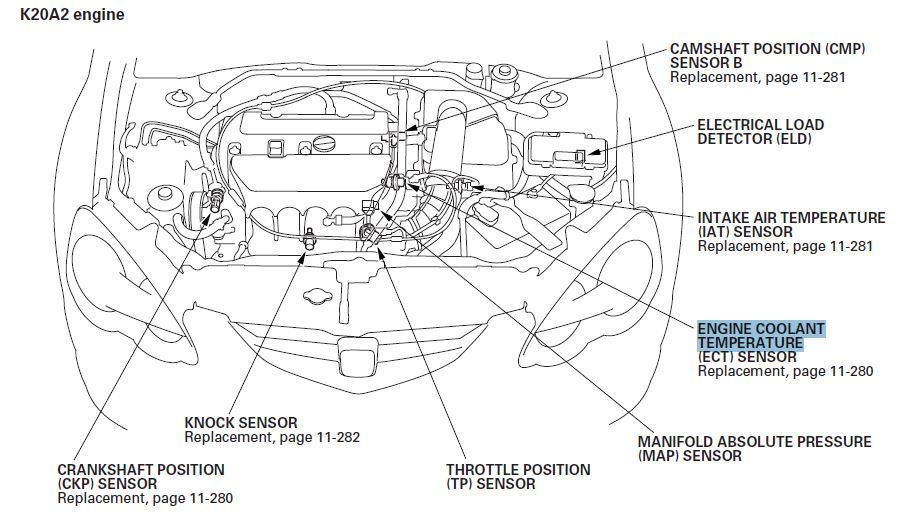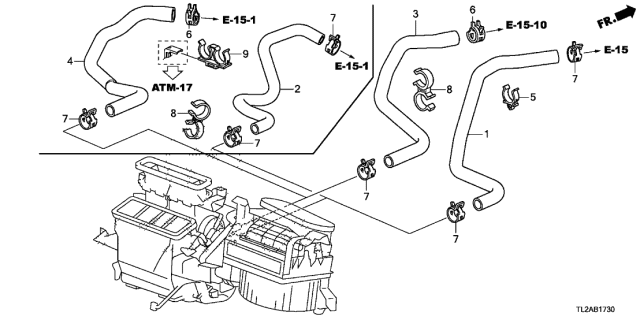
The oil companies will then re-inject the water back into the reservoir. Sooner or later, the reservoir begins producing water, along with oil, and it becomes uneconomical to continue. īut petroleum isn't the only thing trapped in the earth. But only about 10 percent of a reservoir's original oil in place is typically produced during primary recovery. Primary Oil Recovery Stage ĭuring primary recovery, the reservoir's natural pressure or gravity drives oil into the wellbore, combined with artificial lift techniques (such as pumps) which bring the oil to the surface. With more than 200,000 fields in North America alone, extracting even as little as 10% more oil would translate to billions of more barrels of oil recovered. Įven after all the work is done, around 60% of the oil is left in the ground. Nooks and crannies between the rock and sand. The oil well will become too uneconomical to continue pumping because most of the remaining oil is stuck in the Īfter using the most sophisticated oil recovery techniques, oil companies only retrieve a fraction of the crude oil at their sites. While working on oil well stimulation site in Alberta, Canada, Davidson heard from a friend in the industry that there was a need for fast, effective, and inexpensive stimulation treatment for oil wells. Effective March 27, 2009, the company's name was changed to "Wavefront Technology Solutions Inc."īrett Davidson and University of Alberta professor Tim Spanos teamed up in 1997 to fulfill a need that they believed to exist in the onshore oil drilling industry.

was renamed Wavefront Energy and Environmental Services USA Inc. For consistency in name branding, Prism Production Technologies was renamed Wavefront Reservoir Technologies Inc., Wavefront Environmental Technologies was rolled into Wavefront Reservoir Technologies Inc. entered into an agreement with a publicly listed company (or in this case a shell of a company) on the TSX Venture Exchange.Ī reverse takeover of that entity transformed PE-TECH Inc., from a privately held company to a publicly traded company under the name Wavefront Energy and Environmental Services Inc. In 2000 the shareholders of the privately held PE-TECH Inc. (US subsidiary standing for "Energy and Environmental"). PE-TECH, a privately held company holding intellectual property operated three subsidiaries Prism Production Technologies Inc., Wavefront Environmental Technologies Inc., and E2 Solutions Inc.

was founded in 1997 under the name PE-TECH Inc. The company also has offices in Houston, and Raleigh, North Carolina. is headquartered in Edmonton, Alberta, Canada, and has offices in Calgary, Alberta, and Cambridge, Ontario. Powerwave has already been used in the field by EnCana, Penn West Energy Trust, Pengrowth Energy Trust, BP, Chevron, and Apache Corporation, among others.

Powerwave technology has been put to use in more than 175 well applications throughout North America, including applications in California, Oklahoma, and Alberta. In the environmental sector, the process is marketed as Primawave, while in the energy sector it is marketed as Powerwave. This technology is used for fluid flow optimization having applications in both the environmental and energy sectors. When a pulse is applied to the ground, it expands and contracts the porous rock, essentially freeing the trapped oil. These technologies simulate the beating of a heart – when a heart pumps, it sends pulses through the body's blood vessels, causing the network of capillaries to expand and contract. the company is known for its patented technology that uses pulse technology to simulate the effects of the aftershock of an earthquake to aid in the recovery of stranded oil. The company was later changed to Wavefront Technologies and Environmental Services. The company was founded in 1997 as PE-TECH by CEO Brett Davidson and University of Alberta professor Tim Spanos. ( TSX-V: WEE) is a provider of secondary oil recovery and environmental technologies.


 0 kommentar(er)
0 kommentar(er)
